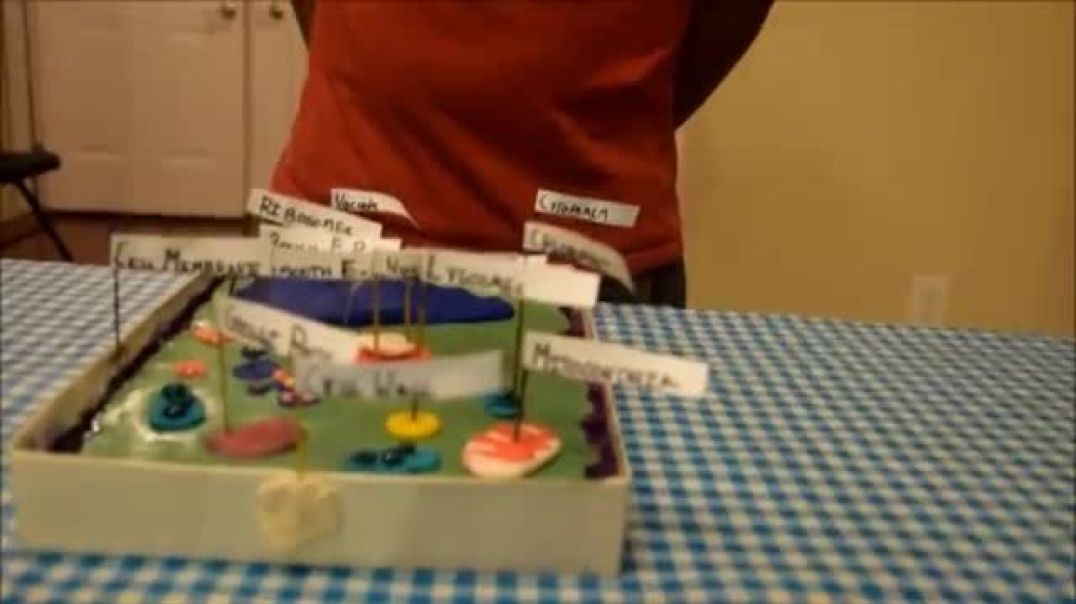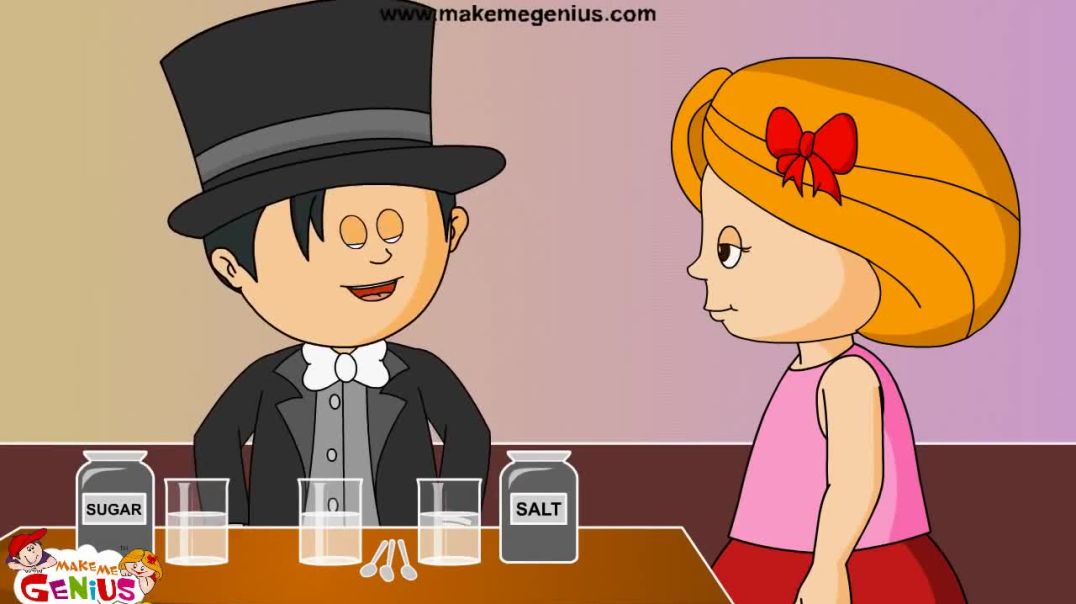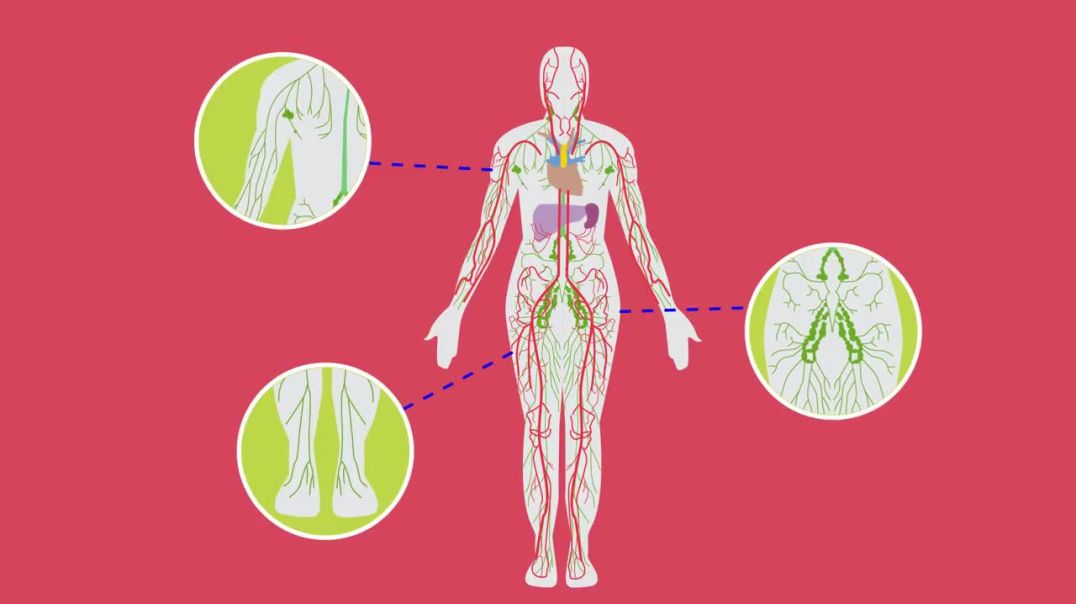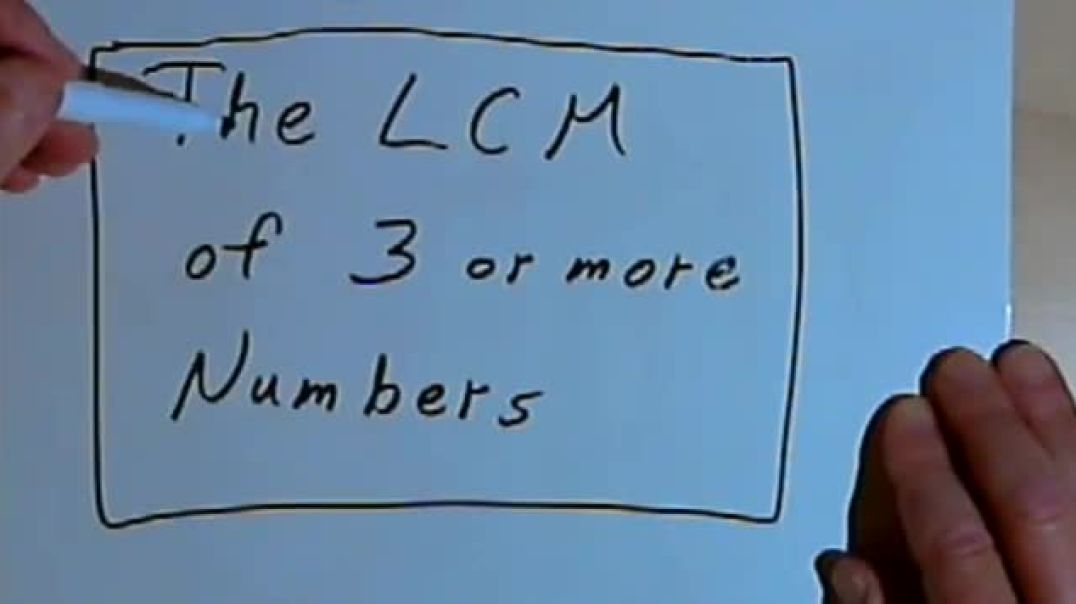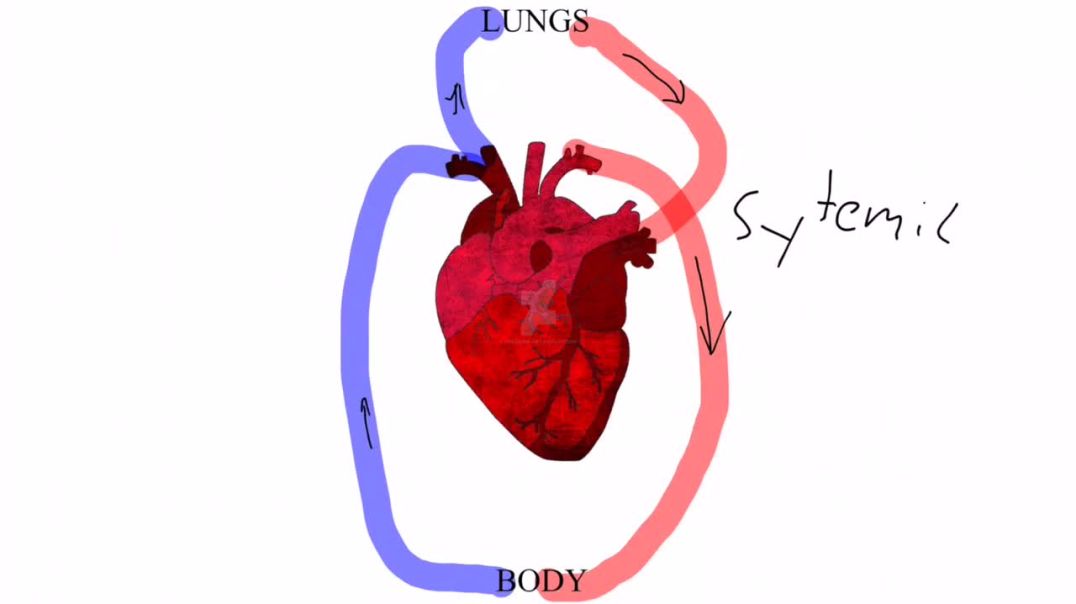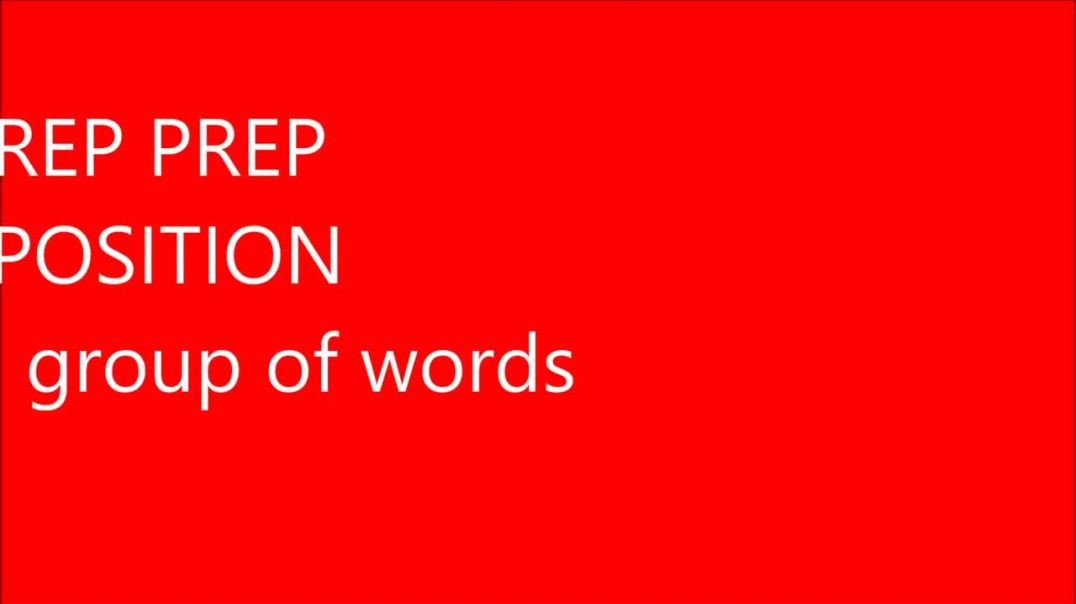ویدیوهای برتر
https://www.patreon.com/homeschoolpop Learn about Thomas Jefferson in this short learning video for kids!
00:00 Introduction
0:47 Who was Thomas Jefferson?
1:02 Thomas Jefferson's early life
1:40 Writing the Declaration of Independence
2:09 Thomas Jefferson loved science
2:25 Thomas Jefferson served as our 3rd president
3:12 Summary
❤️ Homeschool Pop? Join our team and get tattoos here: http://homeschoolpop.com
Thanks for learning with us today! We hope to see you next video!
Homeschool Pop Team
What is a Plant Cell? Plant cells are eukaryotic cells that vary in several fundamental factors from other eukaryotic organisms. Both plant and animal cells contain a nucleus along with similar organelles. One of the distinctive aspects of a plant cell is the presence of a cell wall outside the cell membrane.
Polluted land can have a variety of negative impacts on both the environment and human health. It can cause soil erosion, water contamination, and habitat loss. There are several ways to prevent land pollution, including reforestation, reducing, reusing, and recycling.
A solution is a homogeneous mixture of one or more solutes dissolved in a solvent. solvent: the substance in which a solute dissolves to produce a homogeneous mixture. solute: the substance that dissolves in a solvent to produce a homogeneous mixture.
#Gears #Types #Functions
Topics Covered:
• Gears
• Types of gears
• Helical gear
• Spur gear or Straight Gear
• Bevel gear
• Worm gear
• Rack and pinion gear
I hope you liked our video.
Kids should spend time watching informative videos and expand their knowledge day by day.
Kids retain what they see in audio-visual lessons so make them watch informative videos rather than cramming things.
If you want to learn any topic, please free to write to us, we will upload the video to help you out as soon as possible.
We can also create a customized u tube playlist for the topics you want to learn.
Your feedback is important to us.
Stay connected with us:
tutwayhelpdesk@gmail.com
YouTube: https://www.youtube.com/channe....l/UCL-KeqwBmYvEBpAiU
Facebook: https://www.facebook.com/tutway/
https://www.tutway.com/
About us:
Welcome to Tutway.
A unique platform where learning is fun.
Now there is no distinction between kids’ fun time and study time.
At Tutway, we believe in a very simple idea that audio-visual learning is the most effective tool for grasping knowledge. Many researchers have proven that kids learn a lot by playing interactive games and watching audio-visual animated lessons as compared to reading from books.
That's when Tutway comes to the rescue.
Tutway is a supplementary education program where kids can learn at their own pace. The students can watch animated videos that are so meticulously made that they can understand even the most complex concepts very easily. There is a question bank at the end of each video where students can answer those questions multiple times and test whether they have grasped knowledge completely or not.
We have information systems embedded in the program where parents can monitor real-time performance of their kids and get up to date information about their performance, including quizzes attempted and the marks got in each quiz, both in tabular and graphical formats. Regular reports are e-mailed to the parents so that the parents can analyze their kids’ performance.
If we want to learn high-level concepts, we should have a clear understanding of the basic concepts. For instance, if kids don't know about addition and subtraction, they cannot do multiplication, and if they don't know about multiplication, they cannot do division, and if they don't have knowledge of these four basic operations, Algebra cannot be done by them, and it goes on and on.
The same applies to the English language if kids don't have sound knowledge of grammar and vocabulary; it becomes extremely difficult for them to have their communication skills.
Knowledge of the scientific concepts is also required for observing physical, chemical, biological phenomena happening all around us.
That is why; Tutway has thousands of animated videos on Maths, English, and Science to clear the basics of these subjects. It perfectly suits most of the educational needs of most of the students, regardless of their learning abilities.
So hurry up, download the Tutway app and book a free demo cl**** to make education interactive and fun experience.
The lymphatic system is a network of delicate tubes throughout the body. It drains fluid (called lymph) that has leaked from the blood vessels into the tissues and empties it back into the bloodstream via the lymph nodes. The main roles of the lymphatic system include: managing the fluid levels in the body.
How do you do LCM step by step?
Find the LCM by listing multiples.
List the first several multiples of each number.
Look for multiples common to both lists. If there are no common multiples in the lists, write out additional multiples for each number.
Look for the smallest number that is common to both lists.
This number is the LCM.
The purpose of this lesson is to introduce the unit and allow students to demonstrate their current understanding of weather. (Seattle)
Most gas exchange surfaces are extremely thin (sometimes just one cell thick), ensuring a short diffusion pathway across the exchange surface. They will also have a large surface area to volume ratio which provides more space for the diffusion of gases.
Do you know the answer to 4 - 1 = ? Find out and learn about subtraction with the Numberblocks!
For more, download the official Numberblocks apps;
https://www.learningblocks.tv/numberblocks/apps
Official website;
https://www.learningblocks.tv/numberblocks/home
As seen on CBeebies! Watch Numberblocks full episodes on BBC iPlayer: https://bbc.in/2ZHvNtl
Subscribe for more Numberblocks: https://goo.gl/rF32S8
Visit the Numberblocks on;
Twitter: @numberblocks
Facebook: facebook.com/numberblocks/
Instagram: @numberblocks
We are the Numberblocks! Little blocks with big ideas, having a ton of number fun. Learn how to add, subtract and count the fun and educational way! In this educational CBeebies cartoon for kids, children can learn how to count with basic maths sums, using addition and subtraction with singular blocks that join together to make increasingly bigger numbers.
#Numberblocks #LearnToCount #countingforkindergarten #countingforpreschool #countingforkids #mathforkindergarten #mathsforpreschool #mathsforkids #mathforkids #subtractionforkids #subtraction #minus #minusoneforkids #funmath #funmaths
In single circulation, blood flows to and from the heart through a single pathway, whereas in double circulation there are two separate pathways that are connected to the heart through which oxygenated and deoxygenated blood flows.
to make a light clinking or tinkling sound. : to rhyme or sound in a catchy repetitious manner. transitive verb. : to cause to jingle.
This video explains the following topics:
• What is soil erosion ?
• Why do we need to prevent soil erosion ?
• How do roots help in preventing soil erosion ?
• What steps can be taken to prevent soil erosion ?
Welcome to Tutway, a unique platform where learning is fun !
Now there is no distinction between kids' fun time and study time. Say goodbye to the days of cramming those dull and ponderous books, which made learning a tedious task. We believe in the straightforward idea that audio-visual learning is the most effective tool for learning. Many researchers have proven that kids learn a lot by playing interactive games and watching audio-visual animated lessons compared to reading from books. To understand the new concepts, Kids show more interest in adopting unique ways of learning. We have brought a programme that covers the crucial ideas and makes learning more stable that stimulates the critical thinking of the young learners !
Let's break away from our perception that adopting new learning concepts is challenging. You will find our website & youtube channel very user-friendly and interactive to gain knowledge. Even kids can access the content without constant parental supervision !
Site: https://www.tutway.com/
Email: tutwayhelpdesk@gmail.com
Facebook: https://www.facebook.com/tutway/
Learn everything about Energy in detail with Dr. Binocs.
Hello friends, feeling all energetic? So tune into today's episode and know amazing things about Energy with your very own Dr. Binocs!
Share on Facebook - https://goo.gl/kEOoIh
Tweet about this - https://goo.gl/t9m7CI
Catch More Of Dr.Binocs - https://goo.gl/SXhLmc
To Watch Popular Nursery Rhymes Go To - https://goo.gl/CV0Xoo
To Watch Alphabet Rhymes Go To - https://goo.gl/qmIRLv
To Watch Compilations Go To - https://goo.gl/nW3kw9
Watch Popular Nursery Rhymes with Lyrics - https://goo.gl/A7kEmO
Subscribe : http://www.youtube.com/subscri....ption_center?add_use
Voice-Over Artist: Joseph D'Souza
Script Writer: Sreejoni Nag
Background Score: Agnel Roman, Mayur Bakshi
Sound Engineer: Mayur Bakshi
Animation: Qanka Animation Studio
Creative Team (Rajshri): Kavya Krishnaswamy, Alisha Baghel, Sreejoni Nag
Producer: Rajjat A. Barjatya
Copyrights and Publishing: Rajshri Entertainment Private Limited
All rights reserved.
SUBSCRIBE to Peekaboo Kidz:http://bit.ly/SubscribeTo-Peekabookidz
Catch Dr.Binocs At - https://goo.gl/SXhLmc
To Watch More Popular Nursery Rhymes Go To - https://goo.gl/CV0Xoo
To Watch Alphabet Rhymes Go To - https://goo.gl/qmIRLv
To Watch Compilations Go To - https://goo.gl/nW3kw9
Catch More Lyricals At - https://goo.gl/A7kEmO
Like our Facebook page: https://www.facebook.com/peekabootv
Bloom’s Taxonomy is a framework that categorizes learning into six levels of cognitive complexity, ranging from basic knowledge recall to advanced critical thinking and creativity. Here's how it applies to critical thinking, with real-life examples:
1. Remembering (Knowledge Recall)
Definition: The ability to recall or recognize facts, concepts, or information.
Critical Thinking Application: Gathering foundational knowledge to base decisions or analyses.
Examples:
Memorizing the key components of a persuasive argument.
Recalling the steps of the scientific method to analyze a problem.
Remembering formulas or data for a business proposal.
Real-Life Example:
Preparing for a test by recalling definitions of critical thinking concepts like "logical reasoning" or "bias."
2. Understanding (Comprehension)
Definition: The ability to explain ideas, concepts, or processes in one’s own words.
Critical Thinking Application: Grasping the meaning of information to apply it effectively.
Examples:
Explaining the difference between inductive and deductive reasoning.
Summarizing the main points of an article.
Real-Life Example:
During a team meeting, explaining how a competitor’s strategy aligns with market trends.
3. Applying
Definition: Using knowledge in new situations to solve problems or carry out tasks.
Critical Thinking Application: Translating theory into practice.
Examples:
Using a logical framework to ****ess the validity of an argument.
Applying statistical tools to analyze survey results.
Real-Life Example:
Deciding which problem-solving technique to use when a project deadline is at risk.
4. Analyzing
Definition: Breaking information into parts to understand relationships and structures.
Critical Thinking Application: Identifying patterns, biases, or gaps in information.
Examples:
Comparing two different arguments to see which one is stronger.
Detecting logical fallacies in a debate.
Real-Life Example:
Analyzing a news article to determine if it’s biased or fact-based.
5. Evaluating
Definition: Making judgments based on criteria and standards.
Critical Thinking Application: Assessing the value of information or arguments and deciding on their validity.
Examples:
Critiquing a research paper for its methodology.
Assessing the credibility of sources in an essay.
Real-Life Example:
Deciding between two job offers by evaluating factors like salary, growth opportunities, and company culture.
6. Creating
Definition: Producing original work or ideas by combining information in innovative ways.
Critical Thinking Application: Generating solutions, designing plans, or constructing arguments.
Examples:
Writing a persuasive essay to advocate for a social change.
Designing a new strategy to solve a workplace problem.
Real-Life Example:
Developing a unique campaign to improve employee engagement in your organization.
Visual Representation of Bloom's Taxonomy
Remember: Gather facts (What is critical thinking?)
Understand: Explain concepts (Why is critical thinking important?)
Apply: Use knowledge (How can critical thinking improve teamwork?)
Analyze: Break down problems (What are the flaws in this argument?)
Evaluate: Judge options (Which solution is the most feasible?)
Create: Innovate solutions (How can we rethink this problem?)
Quick Critical Thinking Activity Using Bloom’s Taxonomy
Scenario: Your team is tasked with solving a budget crisis at work.
Remember: List all fixed and variable expenses.
Understand: Explain why certain expenses are necessary.
Apply: Use financial strategies to reduce costs.
Analyze: Compare which cuts would have the least impact.
Evaluate: Decide on the best cost-saving measures.
Create: Propose a long-term budget plan to avoid future crises.
By progressing through these levels, you can systematically develop advanced critical thinking skills.
There are four types of sentences: simple, compound, complex, and compound-complex. Each sentence is defined by the use of independent and dependent clauses, conjunctions, and subordinators.
#Valcano #NaturalCalamity
Natural disaster
Volcano
Fault lines
Different layers of the earth
Tectonic plates
Parts of volcano
Mantle
Magma
Crust
Lava
Volcanic activities Advantages of a volcano
Disadvantages of volcano
I hope you liked our video.
Kids should spend time watching informative videos and expand their knowledge day by day.
Kids retain what they see in audio-visual lessons so make them watch informative videos rather than cramming things.
If you want to learn any topic, please free to write to us, we will upload the video to help you out as soon as possible.
We can also create a customized u tube playlist for the topics you want to learn.
Your feedback is important to us.
Stay connected with us:
tutwayhelpdesk@gmail.com
YouTube: https://www.youtube.com/channe....l/UCL-KeqwBmYvEBpAiU
Facebook: https://www.facebook.com/tutway/
https://www.tutway.com/
About us:
Welcome to Tutway.
A unique platform where learning is fun.
Now there is no distinction between kids’ fun time and study time.
At Tutway, we believe in a very simple idea that audio-visual learning is the most effective tool for grasping knowledge. Many researchers have proven that kids learn a lot by playing interactive games and watching audio-visual animated lessons as compared to reading from books.
That's when Tutway comes to the rescue.
Tutway is a supplementary education program where kids can learn at their own pace. The students can watch animated videos that are so meticulously made that they can understand even the most complex concepts very easily. There is a question bank at the end of each video where students can answer those questions multiple times and test whether they have grasped knowledge completely or not.
We have information systems embedded in the program where parents can monitor real-time performance of their kids and get up to date information about their performance, including quizzes attempted and the marks got in each quiz, both in tabular and graphical formats. Regular reports are e-mailed to the parents so that the parents can analyze their kids’ performance.
If we want to learn high-level concepts, we should have a clear understanding of the basic concepts. For instance, if kids don't know about addition and subtraction, they cannot do multiplication, and if they don't know about multiplication, they cannot do division, and if they don't have knowledge of these four basic operations, Algebra cannot be done by them, and it goes on and on.
The same applies to the English language if kids don't have sound knowledge of grammar and vocabulary; it becomes extremely difficult for them to have their communication skills.
Knowledge of the scientific concepts is also required for observing physical, chemical, biological phenomena happening all around us.
That is why; Tutway has thousands of animated videos on Maths, English, and Science to clear the basics of these subjects. It perfectly suits most of the educational needs of most of the students, regardless of their learning abilities.
So hurry up, download the Tutway app and book a free demo cl**** to make education interactive and fun experience.
The present continuous of any verb is composed of two parts - the present tense of the verb to be + the present participle of the main verb. talking.
#kindergarten #grade1 #math #even #odd
This video teaches children about even and odd numbers!
0:08 Question 1
0:33 Question 2
0:58 Question 3
1:23 Question 4
1:49 Question 5
2:14 Question 6
2:39 Question 7
3:08 Question 8
3:34 Question 9
3:59 Question 10
------------------------------
Grade 10 English

